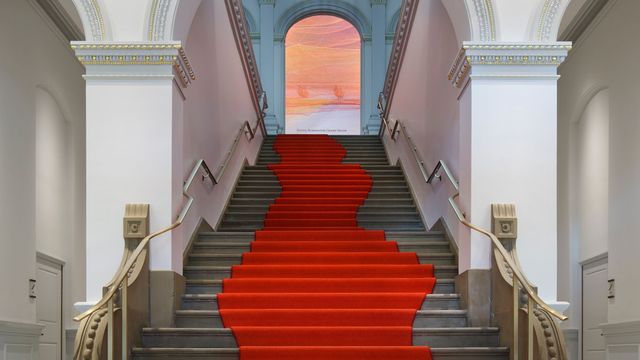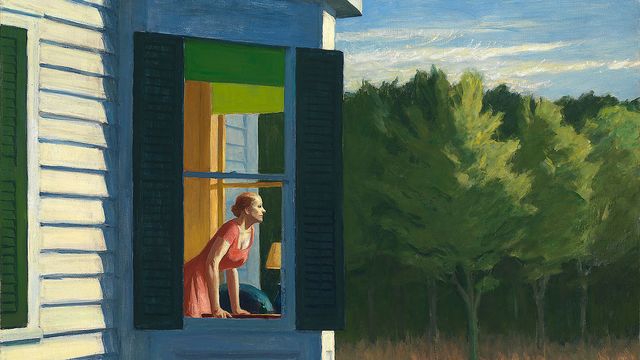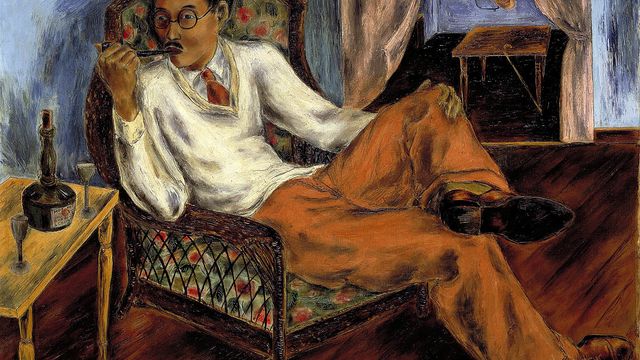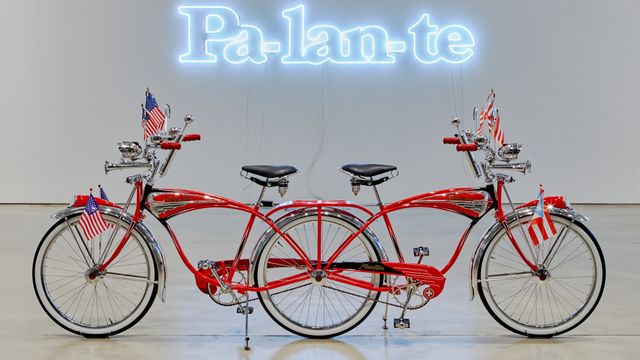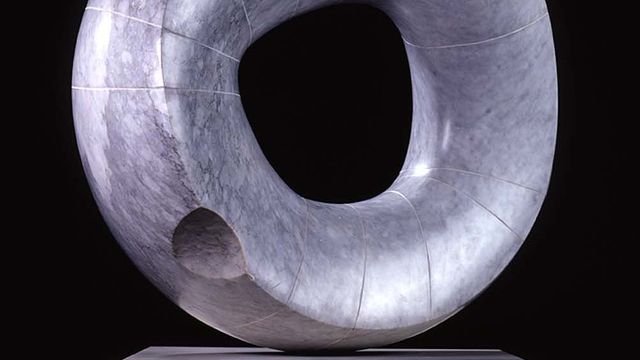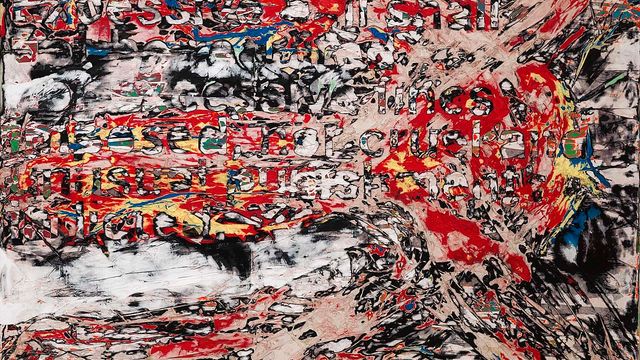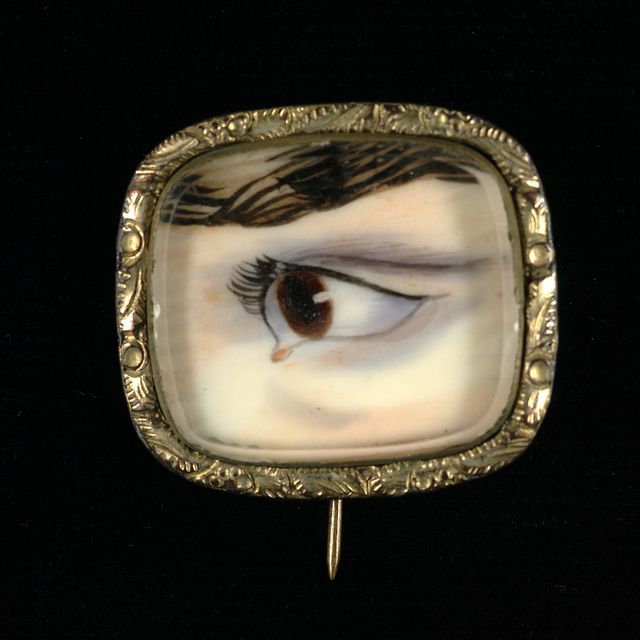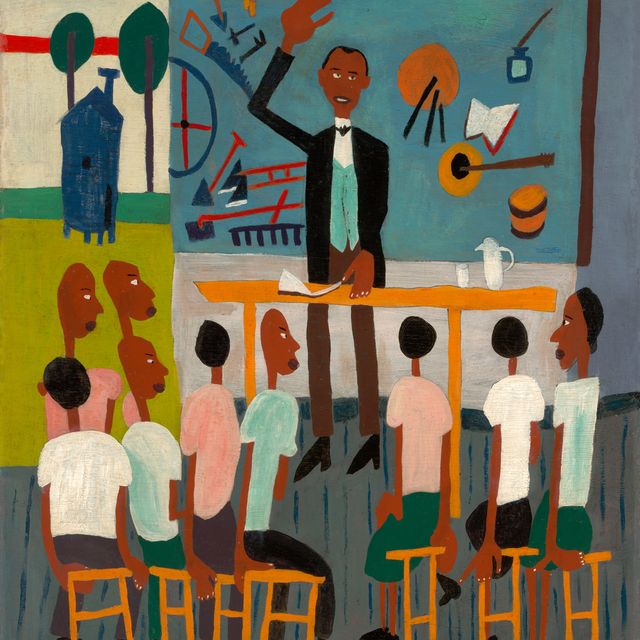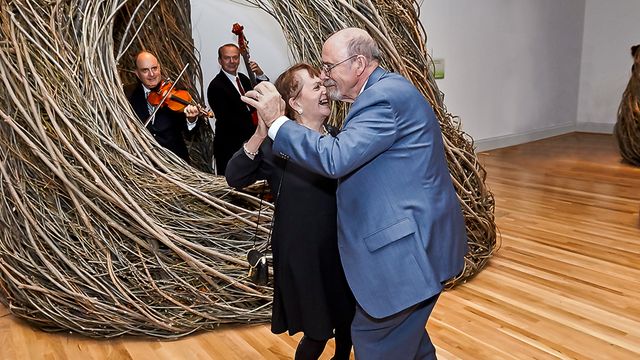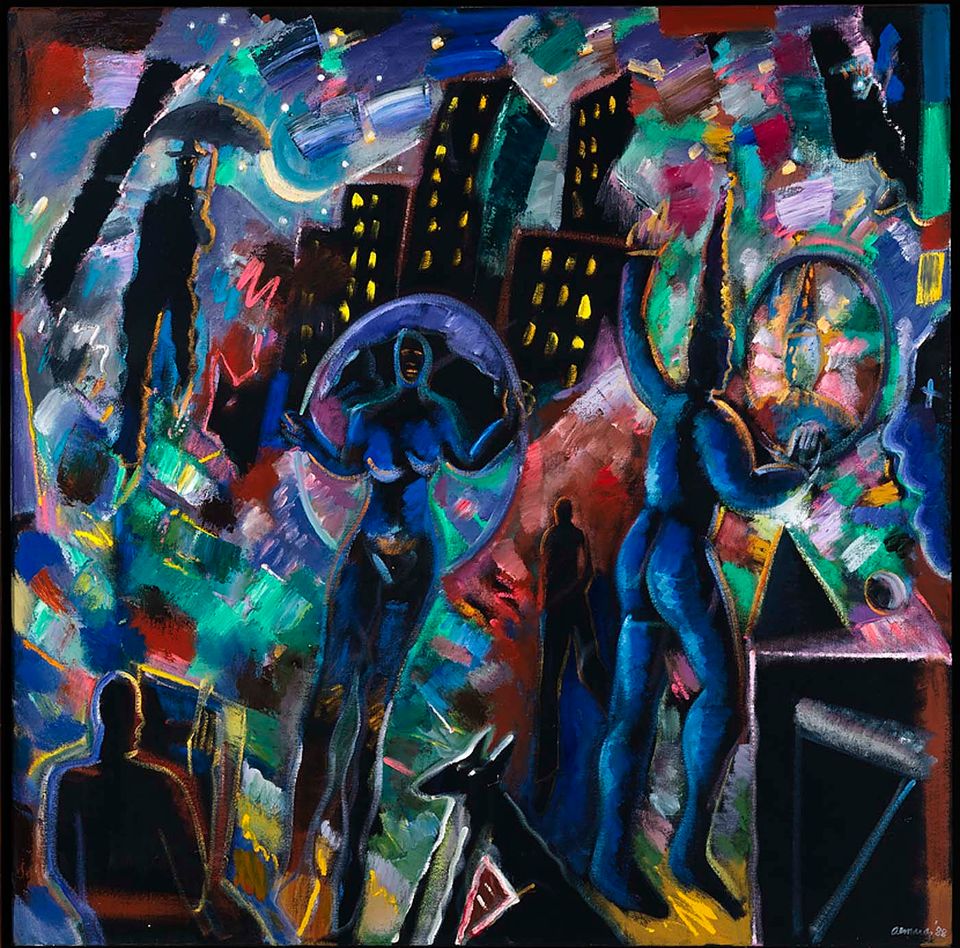Artist
Carmen Herrera
born Havana, Cuba 1915-died New York City 2022
Videos
Exhibitions
October 25, 2013–March 2, 2014
Our America: The Latino Presence in American Art presents the rich and varied contributions of Latino artists in the United States since the mid-twentieth century, when the concept of a collective Latino identity began to emerge.
Related Posts
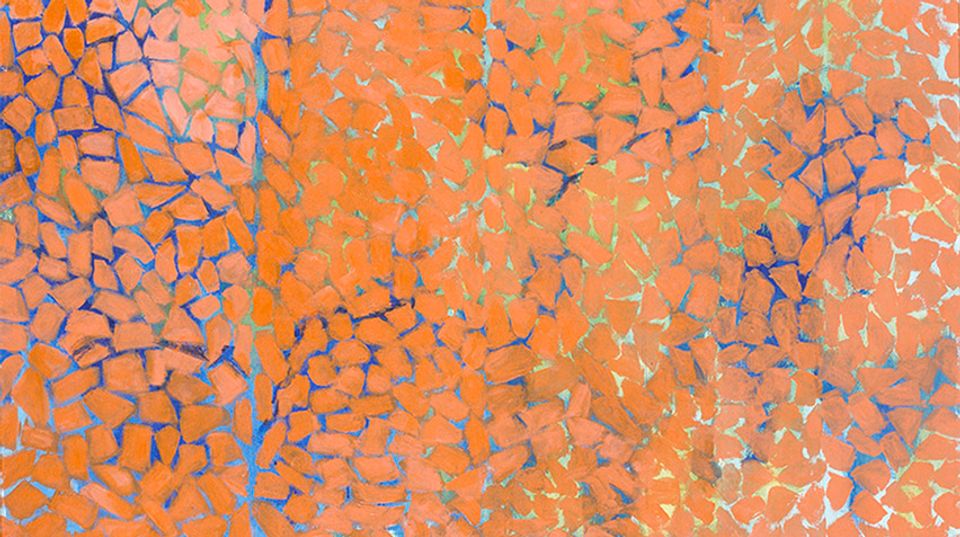
From the Collection03/31/2021
Celebrating Women’s History Month by illuminating the stories of women who challenged both what art could be and who could be an artist.
Allison Carey
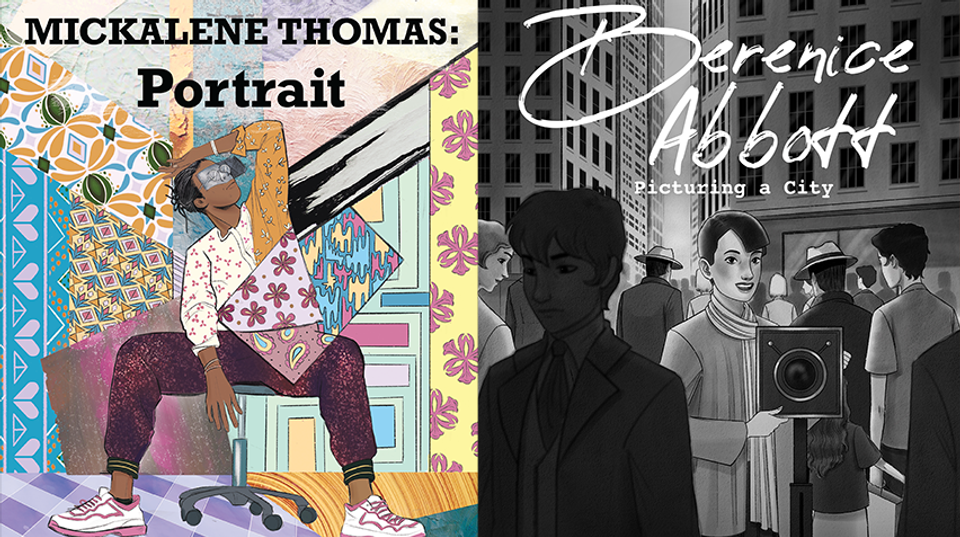
Women Artists08/12/2021
SAAM Debuts Drawn to Art: Ten Tales of Inspiring Women Artists

Howard Kaplan
Writer
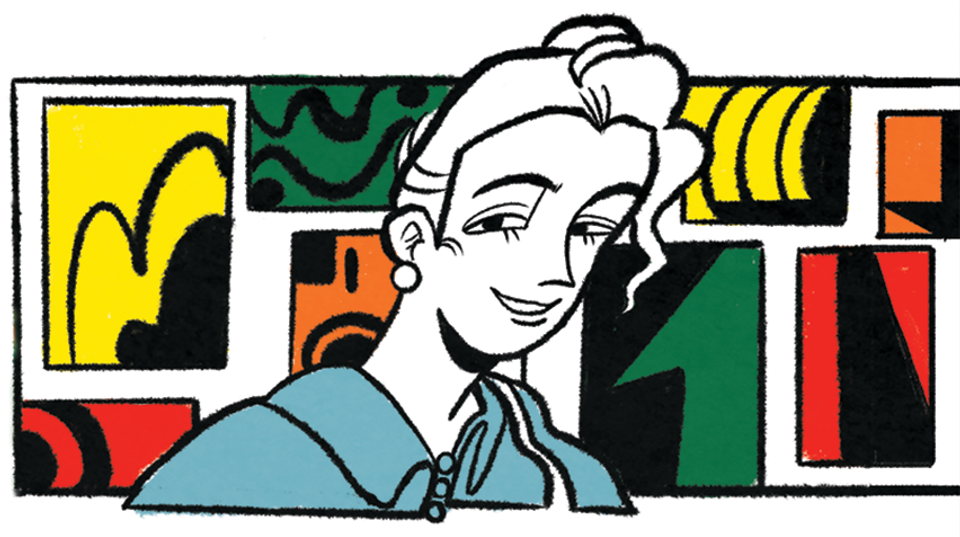
Women Artists10/06/2021
Celebrating the renowned artist with a comic about her life and work.

Howard Kaplan
Writer



